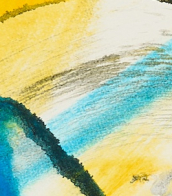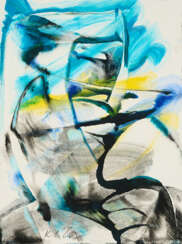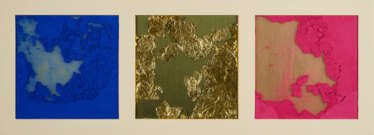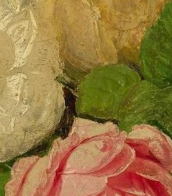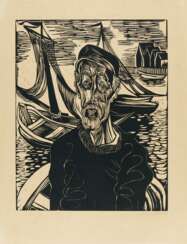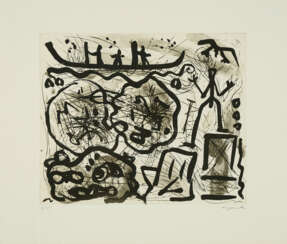rahmen (64 x 54cm)

Karl Otto Götz was a German artist, filmmaker, draughtsman, printmaker, writer and professor of art at the Kunstakademie Düsseldorf. He was one of the oldest living and active artists older than 100 years of age and is best remembered for his explosive and complex abstract forms. His powerful, surrealist-inspired works earned him international recognition in exhibitions like documenta II in 1959. Götz never confined himself to one specific style or artistic field. He also explored generated abstract forms through television art. Götz is one of the most important members of the German Art Informel movement.
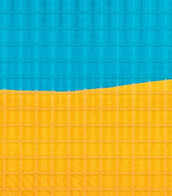
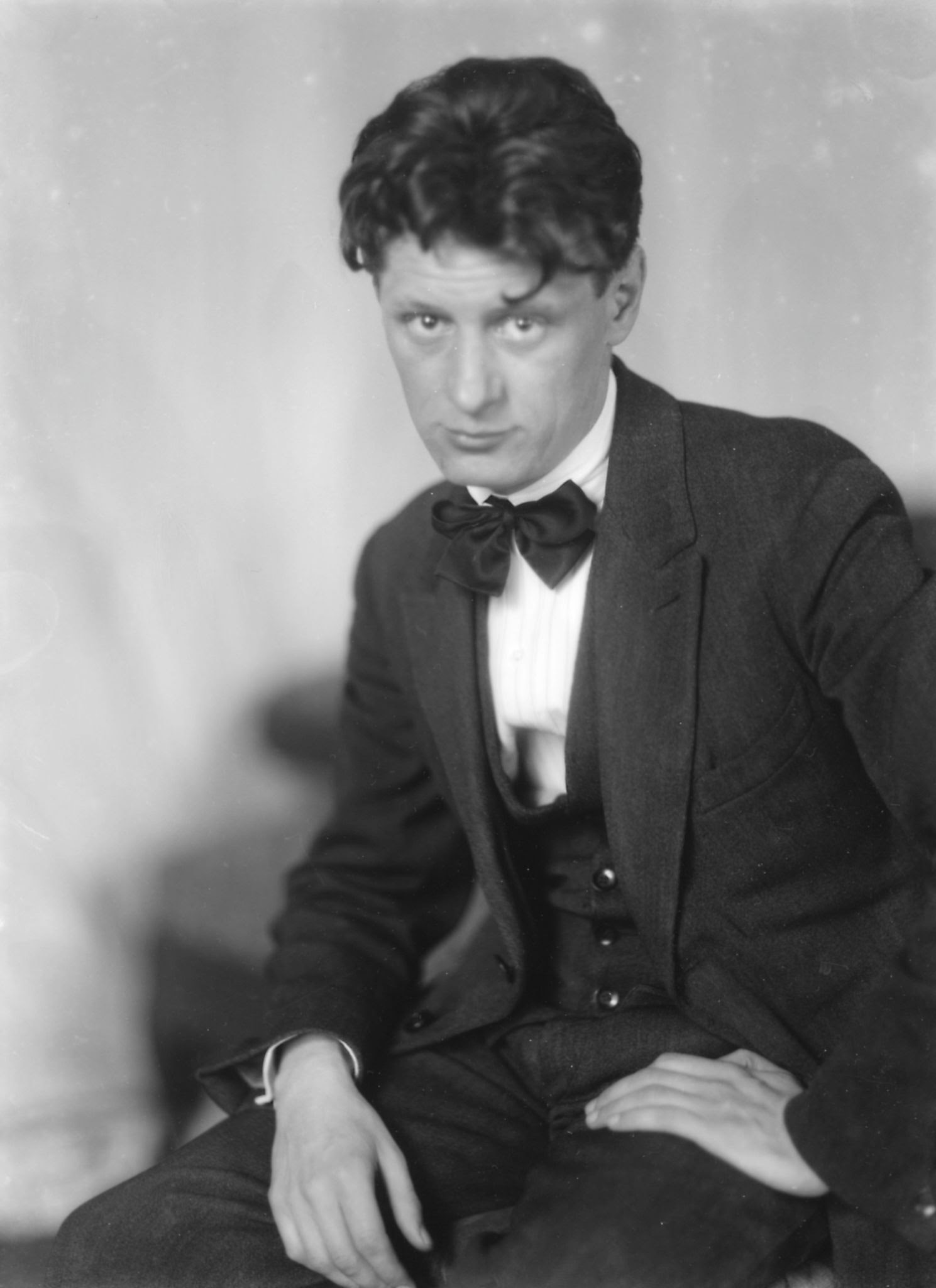
Josef Scharl is a German and American painter, illustrator, and graphic designer.
Scharl trained as a decorative painter at the Munich Art School, where he also gained practical experience in painting restoration. He was wounded in the war, and after returning to Munich, he continued his studies at the Kunstakademie. In the 1920s Josef Scharl joined the artist groups New Munich Secession and Juryfreien, successfully participated in their exhibitions, and later became acquainted with the Impressionists.
Writing in the New Objectivity style, Josef Scharl was forced to emigrate to the United States in 1939, and 1944-46 marked the peak of his fame in the United States. He was also commissioned by the publisher Pantheon Books to illustrate the Grimm brothers' fairy tales and other books.


Yves Klein was a French artist, renowned for his innovative use of pure color and his approach to the conceptual aspects of monochrome painting. Klein, born in 1928 in Nice, France, left an indelible mark on the art world despite his brief career, which ended with his untimely death in 1962.
Klein is best known for his invention of International Klein Blue (IKB), a deep blue hue which he registered as a trademark color and used extensively in his works. This vibrant blue, which he developed in collaboration with a chemist, represented more than just a color; it was a means of evoking the immateriality and boundlessness of space. His monochrome blue canvases, large-scale public performances, and pioneering works in performance art established him as a leading figure in the Nouveau Réalisme movement in post-war Europe.
Aside from his famous blue monochromes, Klein’s Anthropometries series, where he used nude women as 'living brushes' to transfer blue paint onto canvases, is another testament to his innovative artistic methods. These performances, often accompanied by a small orchestra playing his "Monotone Symphony" — a single, continuous note played for twenty minutes followed by twenty minutes of silence — challenged traditional perceptions of the artist's role and the creation process.
Visit our gallery's website to explore more about Yves Klein and sign up for updates on new acquisitions and exclusive auction events related to his profound legacy.
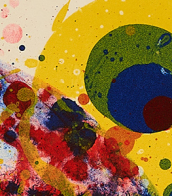
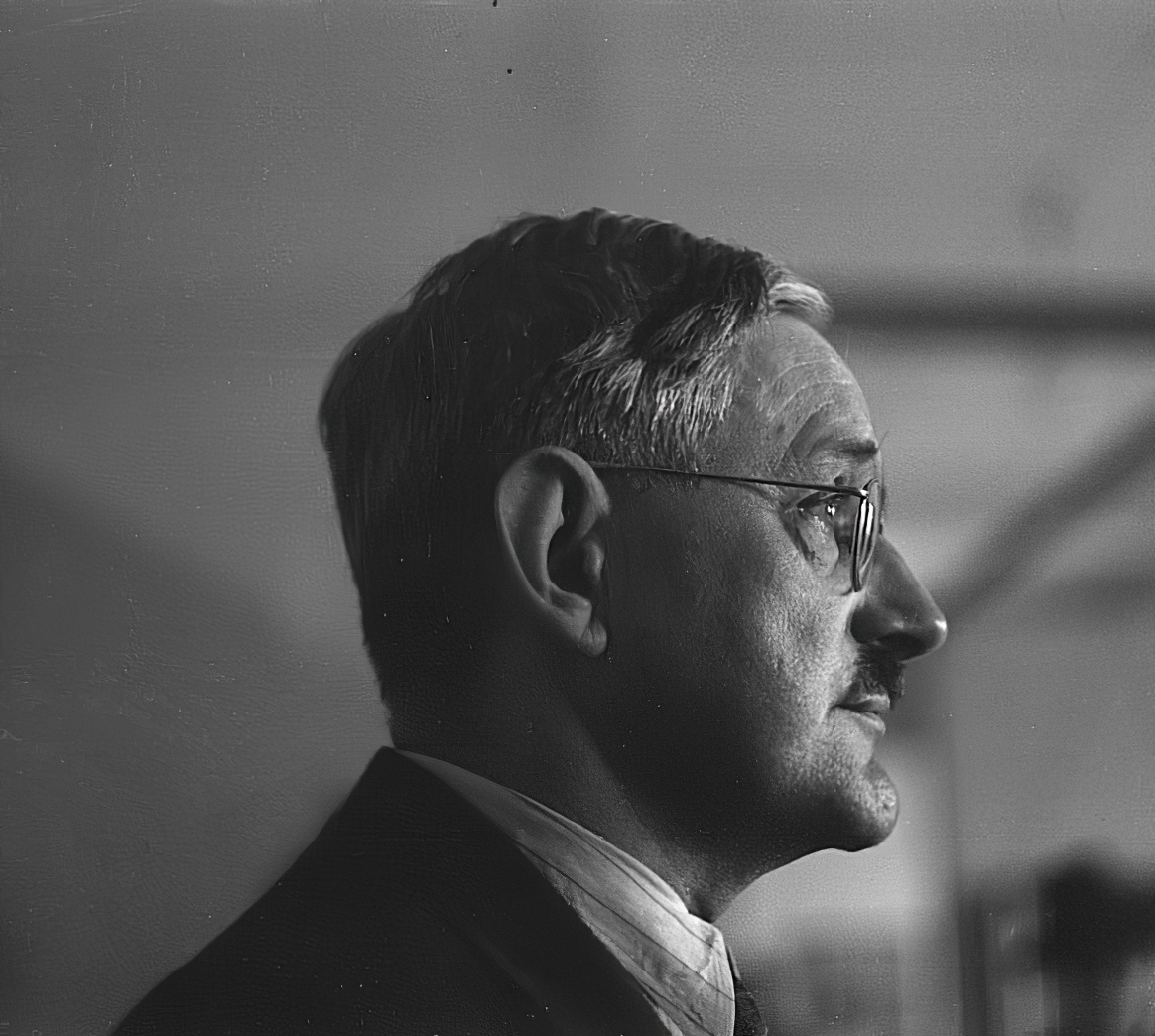
Conrad Felixmüller was a twentieth-century German artist, born Conrad Felix Müller. He is known as a painter, graphic artist, illustrator and printmaker, a representative of the New Materiality movement, who worked in the Expressionist style.
Felixmüller created about 2,500 paintings and graphic drawings, the main motif of which was the human being. The artist considered himself a socially critical expressionist, and his works reflected scenes from everyday life. In the 1930s, many of his works were confiscated by the Nazis as examples of degenerate art and destroyed. As a result of the bombing of Berlin in 1944, Felixmüller lost much of his work.


Ralf Winkler, alias A. R. Penck, was a German painter, printmaker, sculptor, and jazz drummer. A neo-expressionist, he became known for his visual style, reminiscent of the influence of primitive art.
